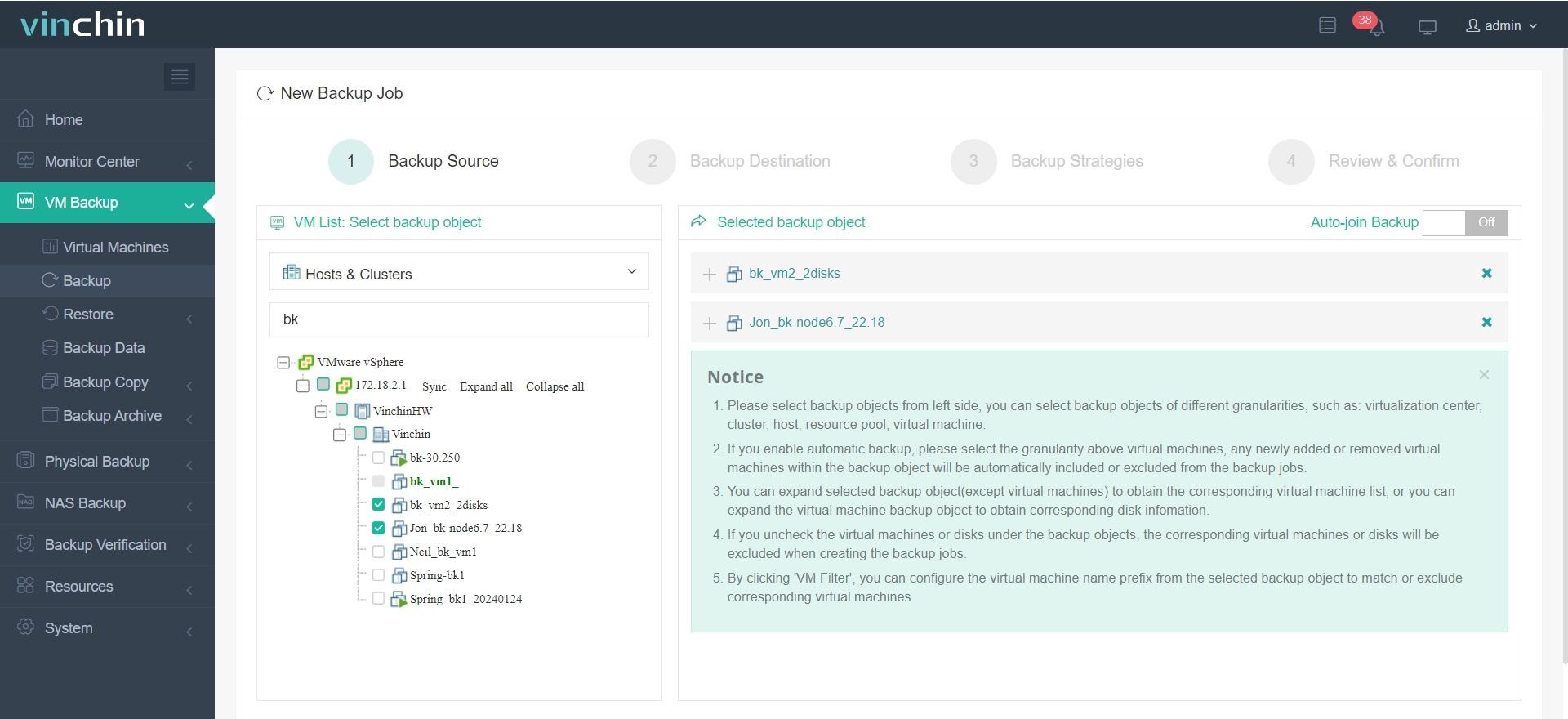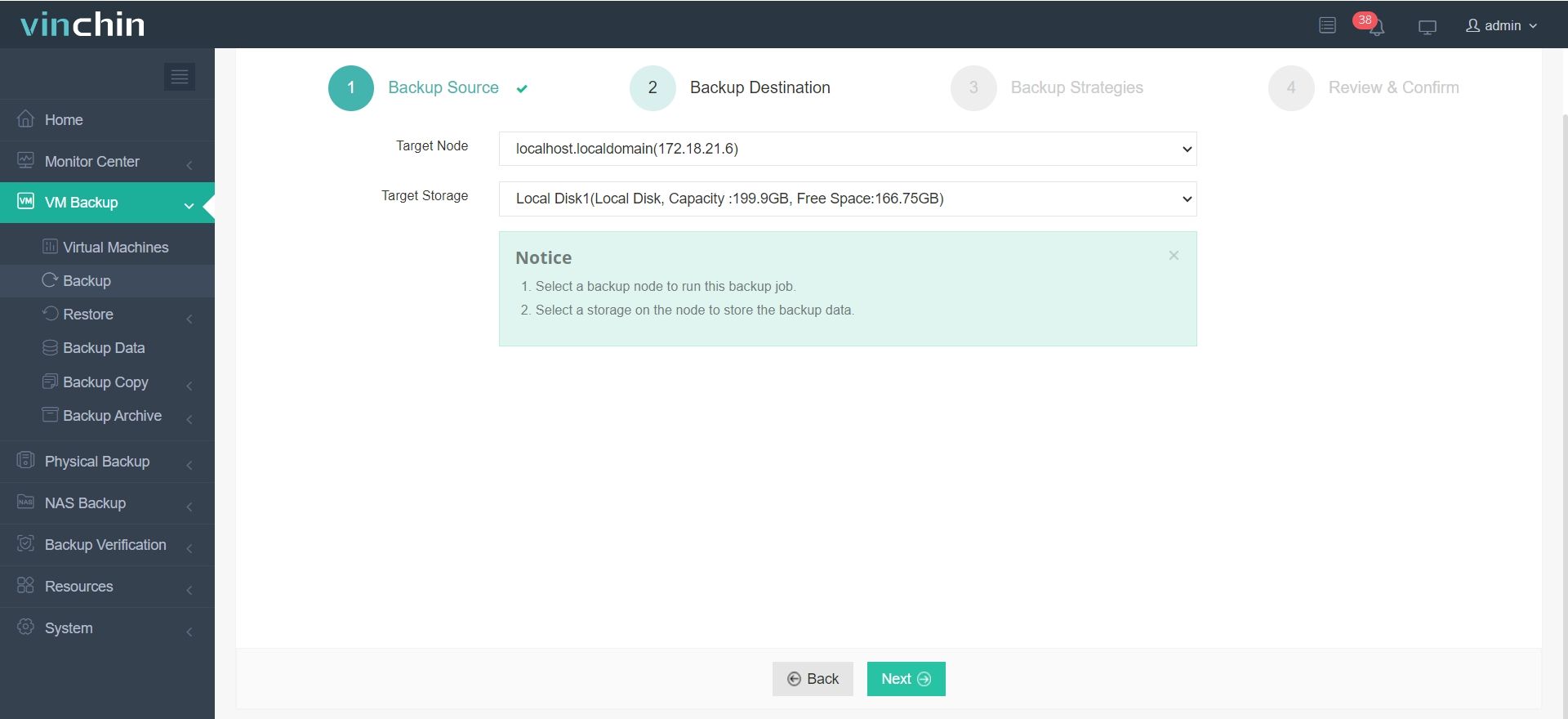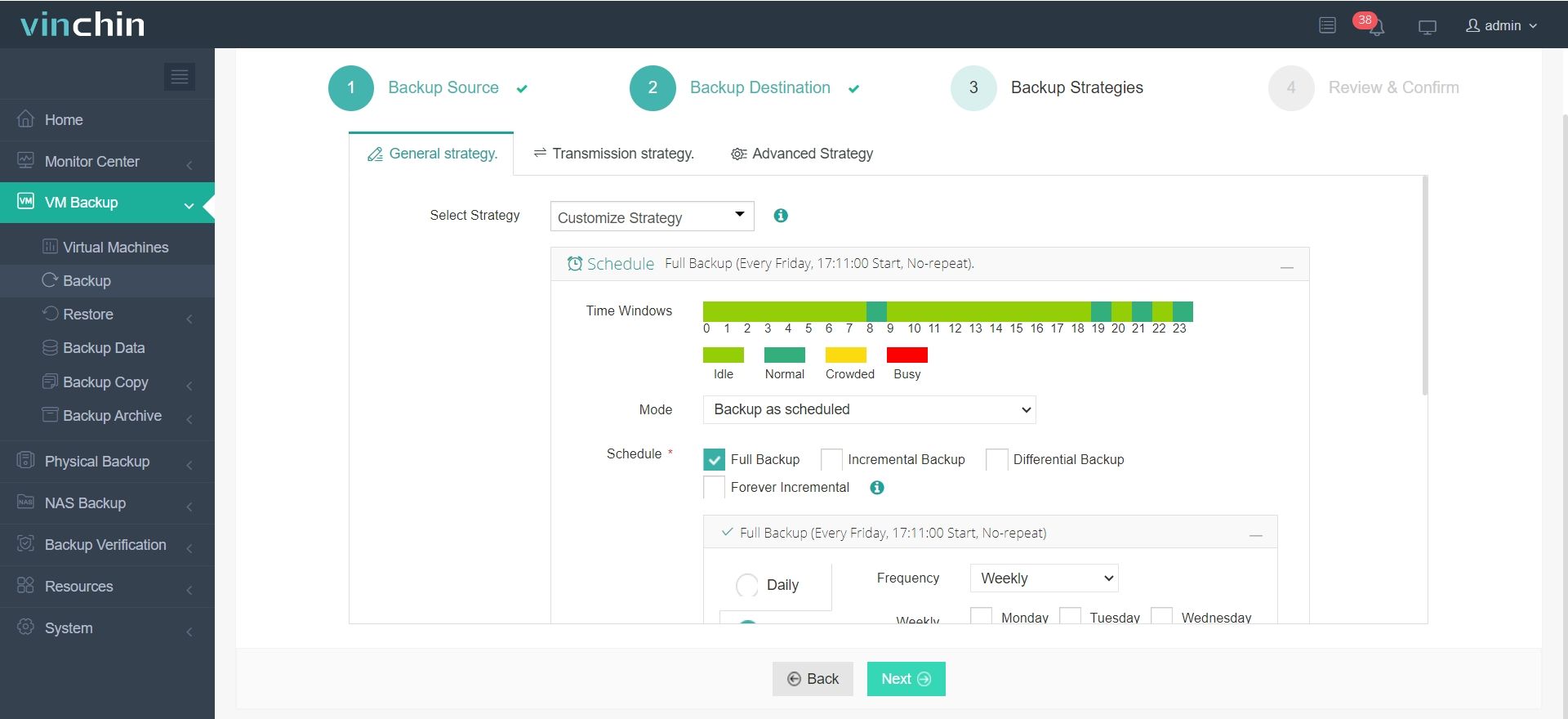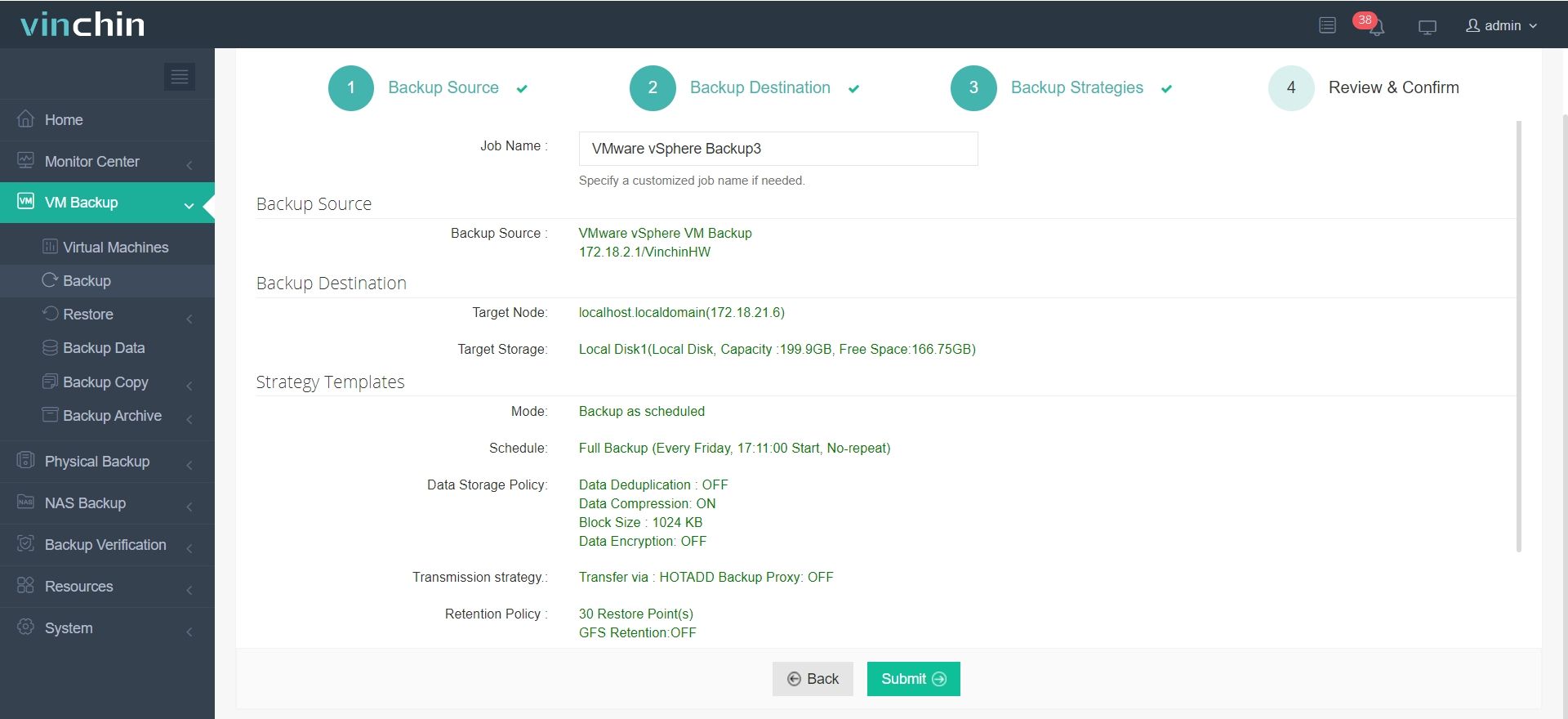-
What is IT disaster recovery?
-
Why is IT disaster recovery important?
-
How does IT disaster recovery work?
-
What are the types of disaster recovery?
-
Elements of a disaster recovery strategy
-
How to create an IT disaster recovery plan?
-
Choosing an IT disaster recovery solution
-
Conclusion
Modern organizations need complex IT infrastructures functioning properly to provide goods and services at the expected level of performance. Therefore, losing critical parts or the whole infrastructure can put the organization on the edge of disappearance. Disasters remain a threat to production processes in IT industries.
What is IT disaster recovery?
IT disaster recovery is a portfolio of policies, tools, and processes used to recover or continue operations of critical IT infrastructure, software, and systems after a natural or human-made disaster.
Why is IT disaster recovery important?
Disasters are challenging afflictions that can instantly overwhelm the capacity of available human, IT services, financial and other resources and result in significant loss of valuable assets.
Usually, there are 5 types of disasters. They are natural disasters like hurricanes, flooding, and fires; hardware failures, such as hard drive failure, operating system crashes, software errors and crashes, network hardware failure, physical damage to hardware; software problems; human error such as accidentally deleting important files, misconfiguring system settings, or failing to maintain hardware properly; cyber attacks such as ransomware, malware, phishing, and denial-of-service (DoS) attacks.
All these above could even have extremely serious consequences.
For example, on October 15, 2022, fire knocks out services at South Korea tech giants Kakao, Naver, and the fire was extinguished about 8 hours later. After the fire, the power outage of the data center caused the interruption of many network services including South Korea's national-level chat software Kakao Talk and the mainstream e-commerce platform NAVER. According to the "Korea Times" report, the fire caused about 32,000 servers to be paralyzed, and tens of millions of user services were affected.
Additionally, Demant, one of the world’s largest manufacturers of hearing aids was hit by a ransomware attack in 2019 and is expected to suffer losses of up to $95 million. All the company’s infrastructure was impacted very badly include IT infrastructure services.
If there is no disaster recovery plan for these companies, they would suffer more loss. These disasters disrupt business operations, cause customer service issues, result in revenue and data loss. A disaster recovery plan helps organizations respond quickly to disruptive events and provides key benefits:
Ensure business continuity
When a disaster strikes, it can be damaging to every aspect of the IT business, and it's often costly. It also disrupts normal business operations. A disaster recovery plan prompts a quick reboot of backup systems and data so operations can continue as planned.
Enhance system security
Integrating data protection, backup and recovery processes into disaster recovery plans can limit the impact of ransomware, malware or other security risks on IT systems.
Improve customer retention
In the event of a disaster, customers question the reliability and safety of the service. The longer a disaster affects the business, the greater the customer frustration. A good disaster recovery plan can reduce this risk.
Lower recovery costs
Depending on its severity, disasters can result in loss of income and productivity. A strong disaster recovery plan can avoid unnecessary losses, because the system will return to normal soon after the incident.
How does IT disaster recovery work?
Disaster recovery typically leverages off-premise resources like computer processing and storage to regain IT operational functionality. When a disaster occurs, these resources are used to recover data, applications, and servers. Effective disaster recovery is also only possible with a disaster recovery plan.
What are the types of disaster recovery?
There are 4 types of disaster recovery that are most commonly used.
Datacenter-based disaster recovery: In this approach, the disaster recovery plan is not just limited to the computing facility it’s housed in. The entire building plays a large role in data center DR. Features and tools within the building all have an effect on data center DR. In the event of any sort of outage, these elements within the building must be in working order. With these components working, your data is at a lower risk against intruders and cybercriminals. However, even if everything is functioning correctly, your data center can still be susceptible to a natural disaster.
Virtualized disaster recovery: This is a type of disaster recovery that typically involves replication and enables a user to fail over to virtualized workloads. For the most efficient virtual disaster recovery, an organization should copy VM workloads off-site on a regular basis.
Disaster recovery as a services:DRaaS is a cloud computing service model offered by third-party vendors that provides failover in the event of a natural catastrophe, power outage or other type of business disruption. It offers an off-site disaster recovery (DR) capability that lets customers avoid the cost of maintaining secondary data centers.
Cloud-based disaster recovery: This is a combination of strategies and services intended to back up data, applications and other resources to public cloud or dedicated service providers. With the current trend among organizations shifting into cyberspace, cloud-based DR has become an essential part of modern business continuity solutions.
Elements of a disaster recovery strategy
Risk analysis
Business impact analysis
Data backup
Recovery point objective: RPO is the maximum acceptable interval during which transactional data is lost from an IT service.
Recovery time objective: RTO is the targeted duration of time and a service level within which a business process must be restored after a disruption in order to avoid a break in business continuity.
How to create an IT disaster recovery plan?
A disaster recovery plan is a formal document created by an organization that contains detailed instructions on how to respond to unplanned incidents. To create a disaster recovery plan, you can follow the several steps below.
1. Assess Risks and Impact
2. Determine the objectives of your IT disaster recovery plan.
3. Identify Critical Systems and Data
4. Develop Recovery Strategies
5. Document step-by-step procedures for recovering IT systems
6. Test and Validate: Regularly test your IT disaster recovery plan to ensure its effectiveness.
7. Provide communication plan and training to relevant personnel
8. Regularly Review and Update
Here is a disaster recovery plan checklist to help you perfect your plan.
Choosing an IT disaster recovery solution
As a professional data protection solution provider, Vinchin owns the leading disaster recovery technology to all kinds of data security problems and provides reliable disaster recovery solutions to every client in IT industry. Vinchin Backup & Recovery is a professional solution which supports data backup of VM like VMware vSphere, Hyper-V, XenServer, XCP-ng, oVirt, RHV, OpenStack, etc. and other data like database, NAS, file server, etc.
By using Vinchin Backup & Recovery, you can instantly recover the entire VM and all its data from any restore point (no matter it's a full backup, incremental backup or differential backup) without any effectings on the original backup data. Any deduplicated or compressed backups can be recovered. It is an excellent solution to ensure business continuity, minimize the loss of crucial business interruption caused by disaster or system failure.
It only takes 4 steps to backup your virtual machine with Vinchin Backup & Recovery:
1.Select the backup object.

2.Select backup destination.

3.Configure backup strategies.

4.Review and submit the job.

Vinchin Backup & Recovery has been selected by thousands of companies and organizations for IT disaster recovery and you can also start to use this powerful system with a 60-day full-featured free trial. Just click the button to get the installation package.
Conclusion
With the rapid development of information technology, IT infrastructure services have become the core part of an organization’s information assets. However, the reliability, security, and stability of IT infrastructure services are critical to an organization’s business operations and information security. Therefore, how to formulate a disaster recovery plan to ensure that the organization can quickly and effectively restore IT infrastructure services in the event of a disaster is of great significance.
Share on:









